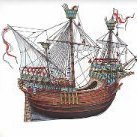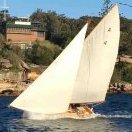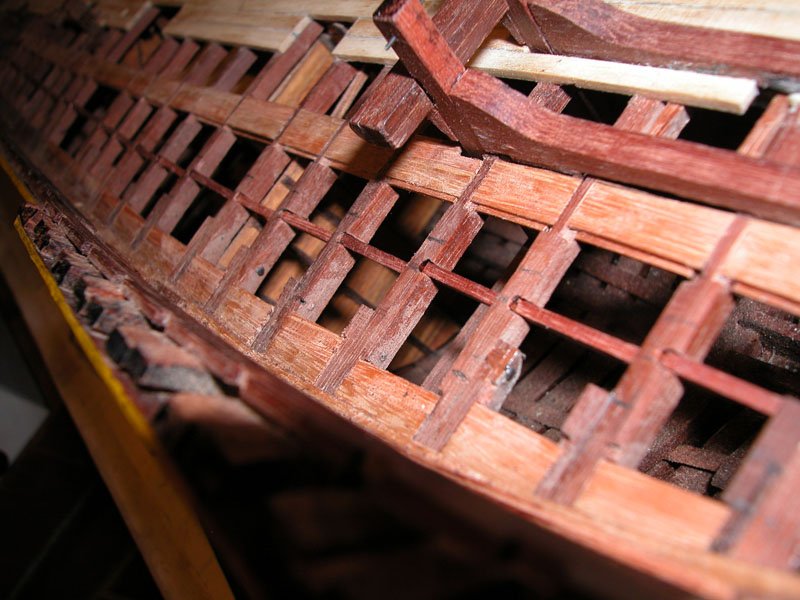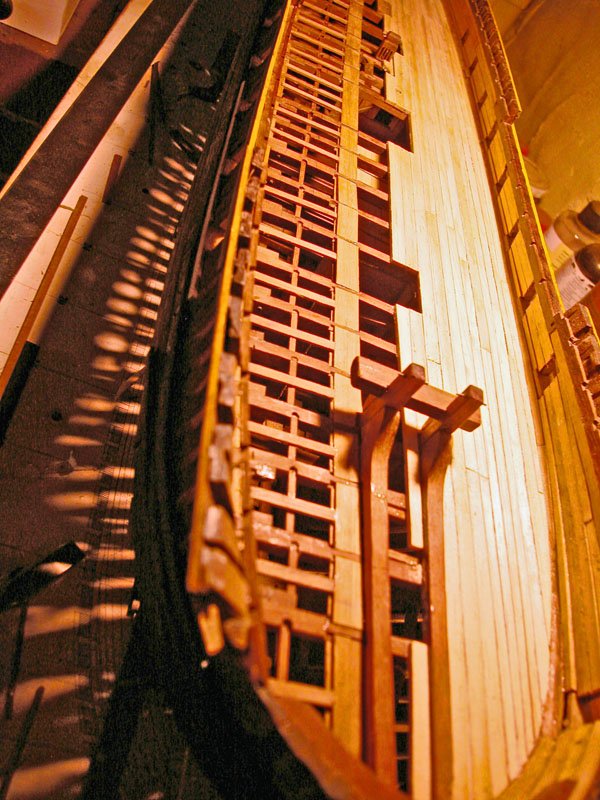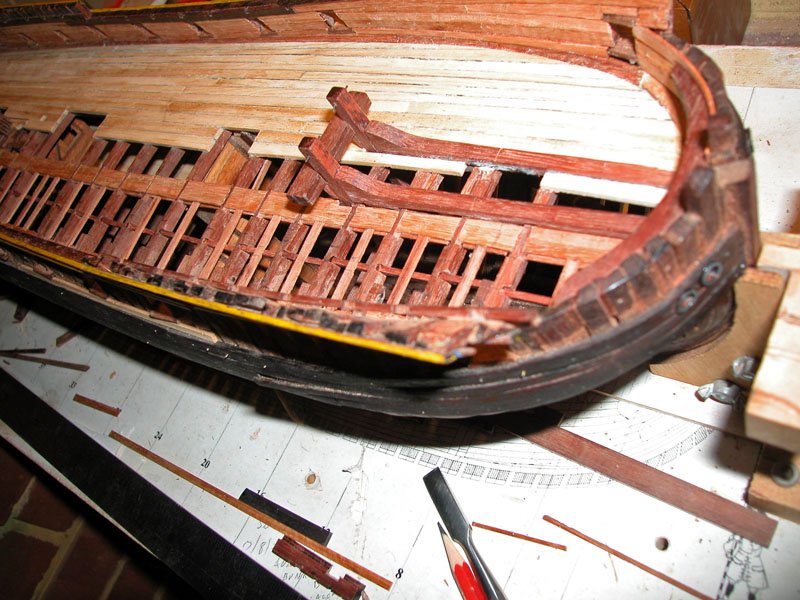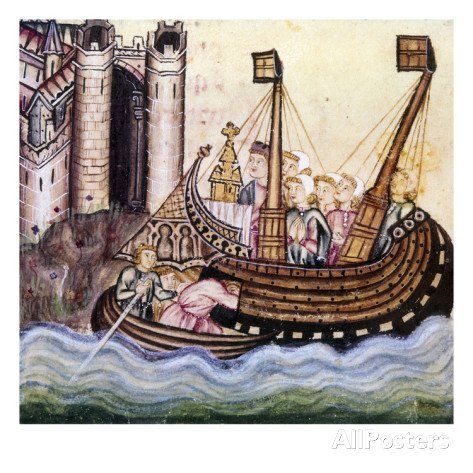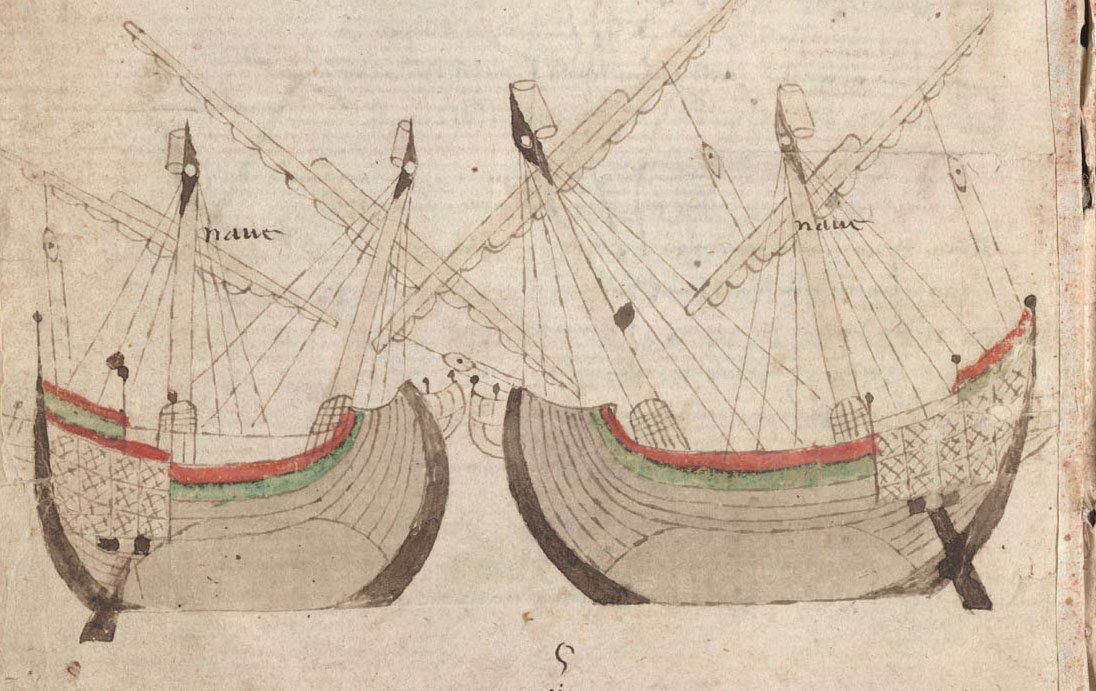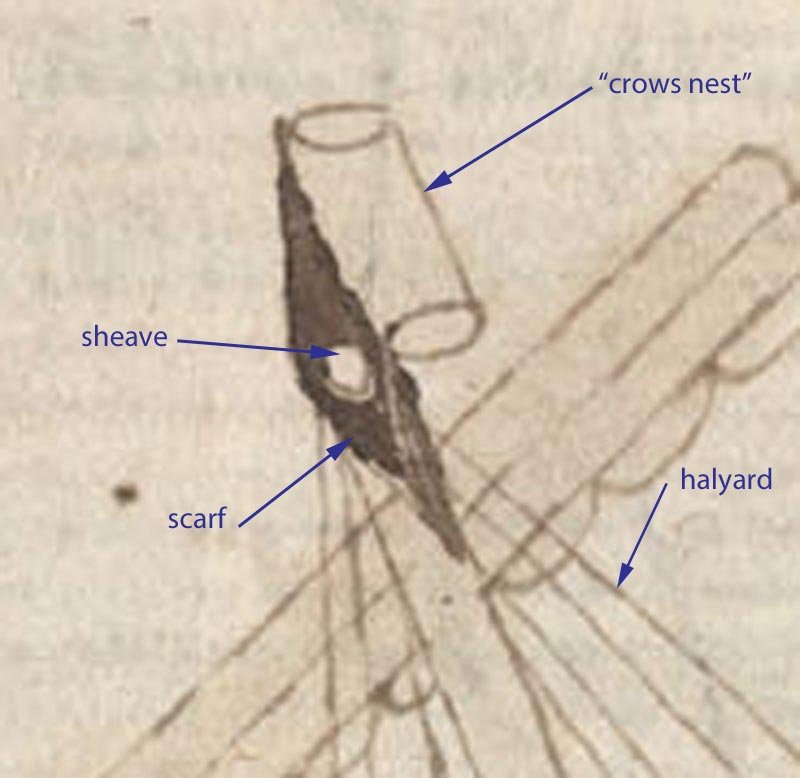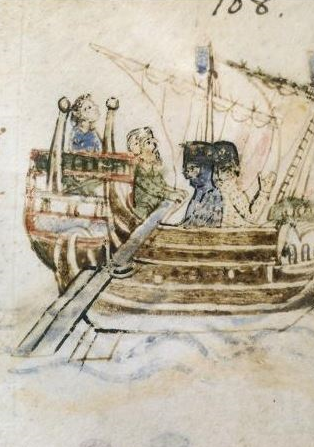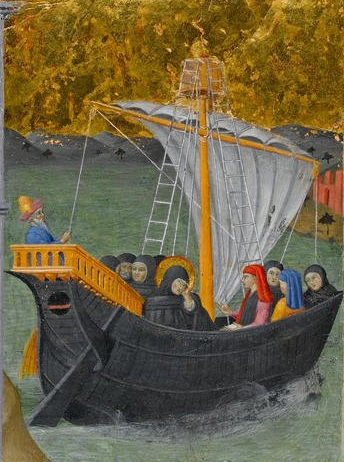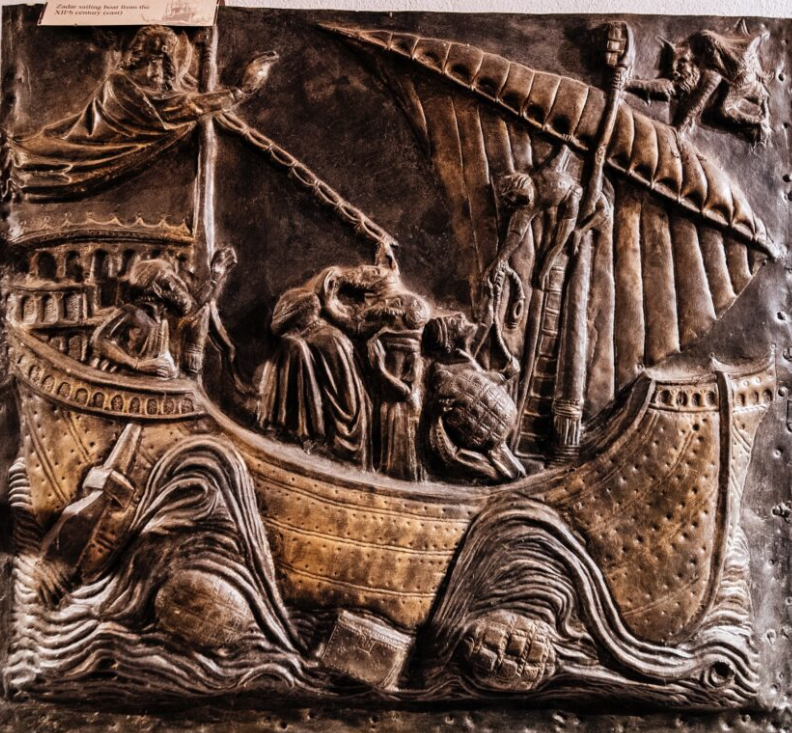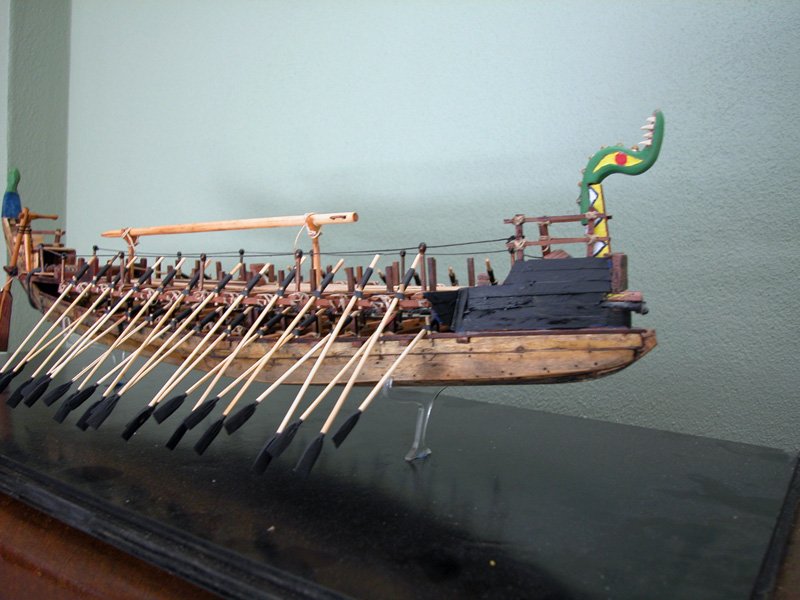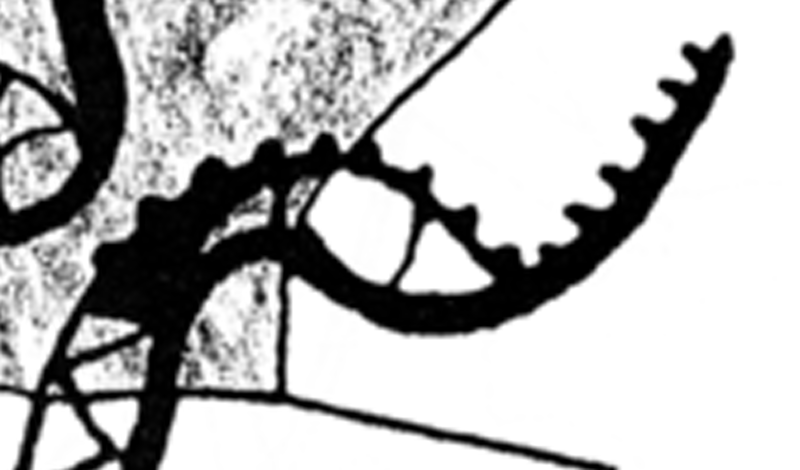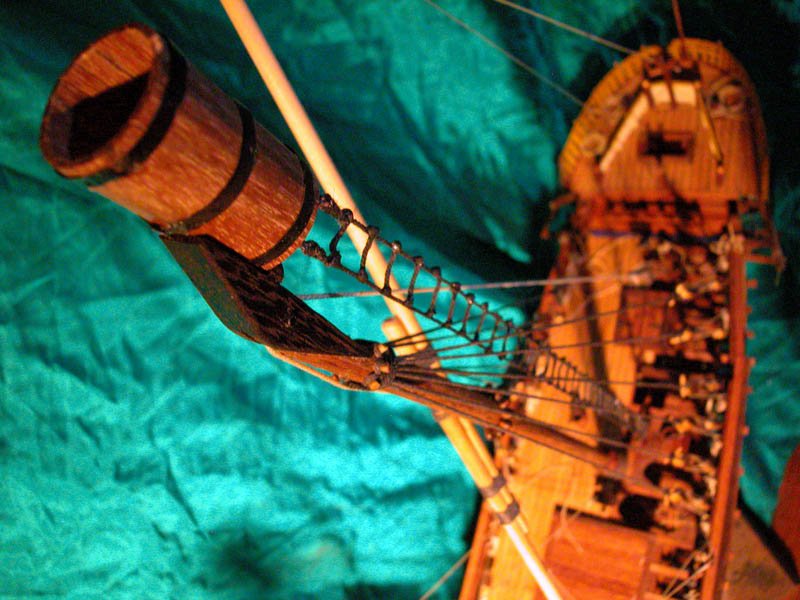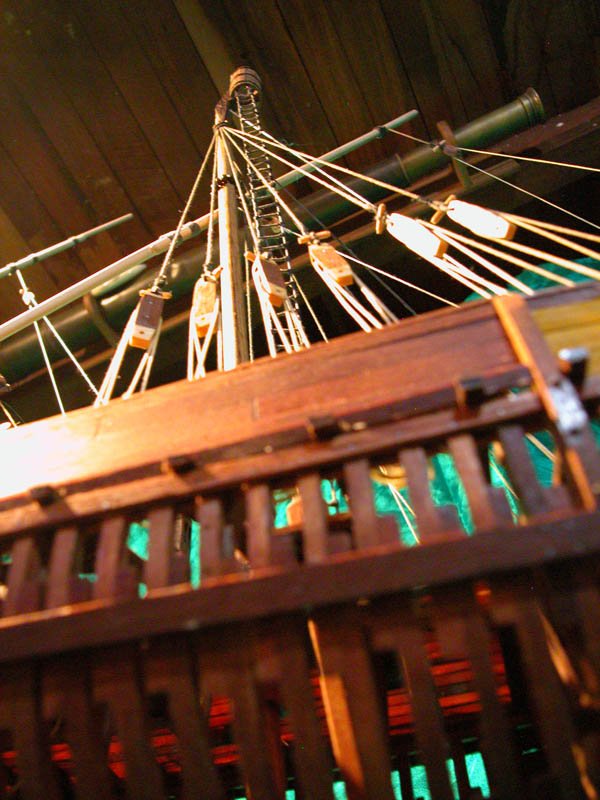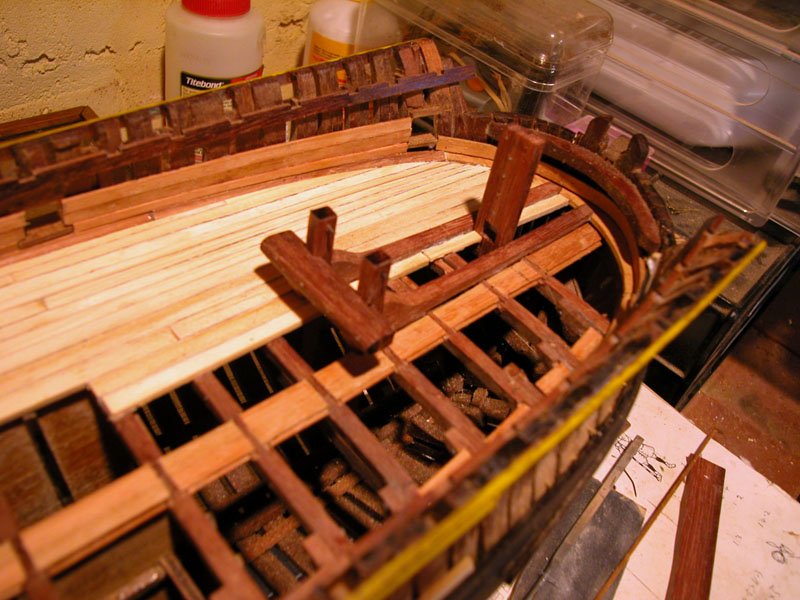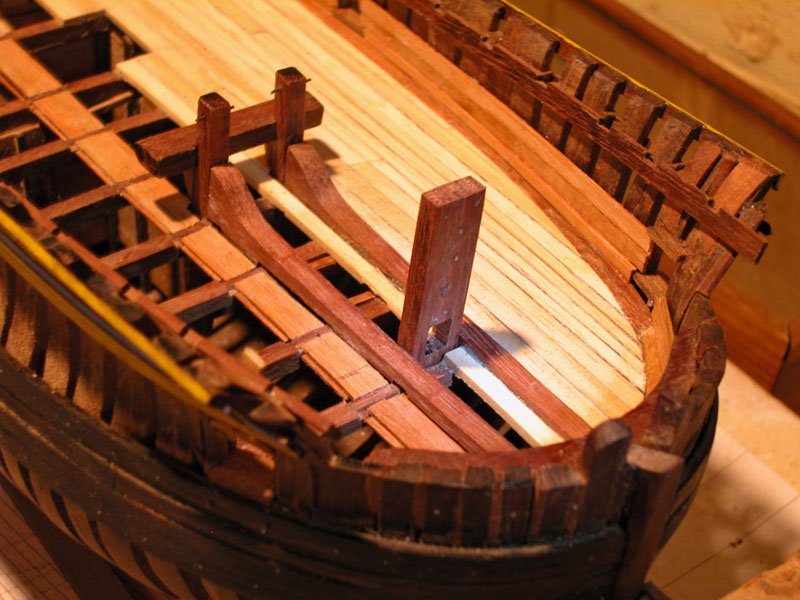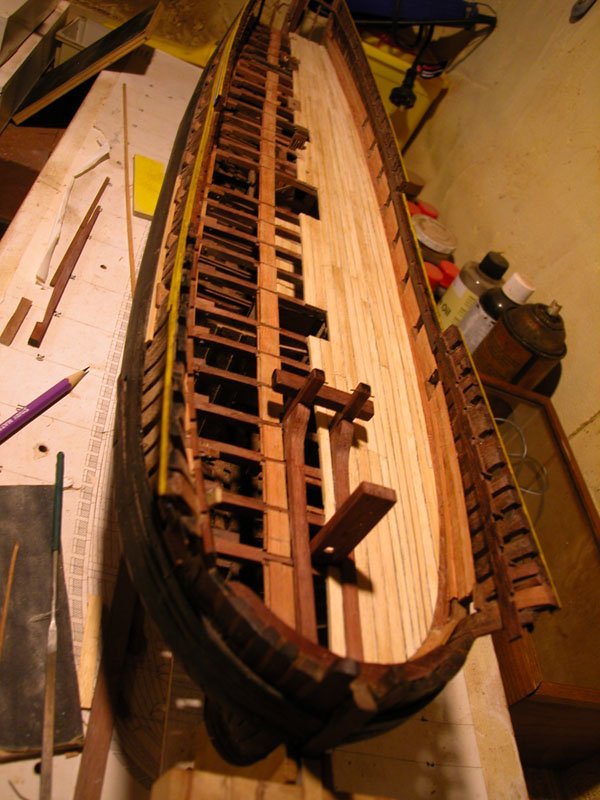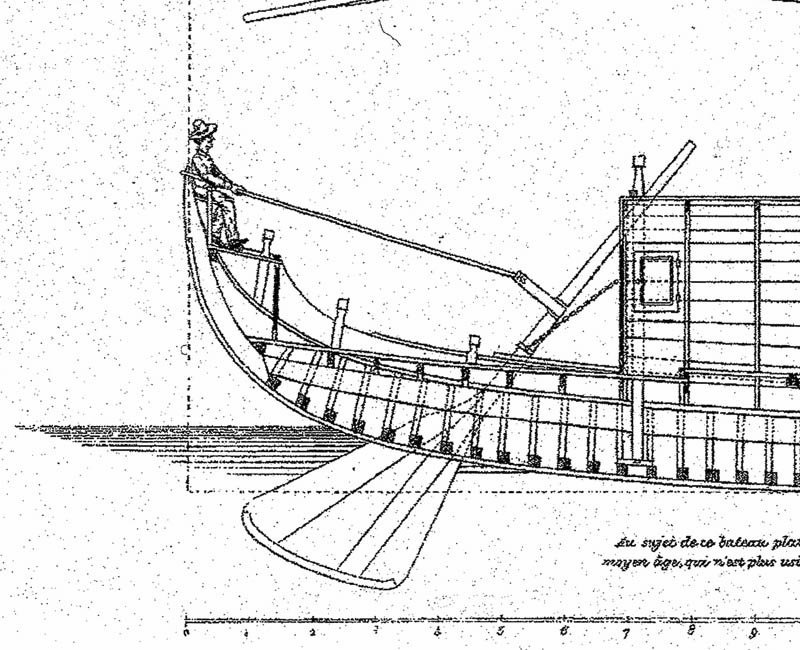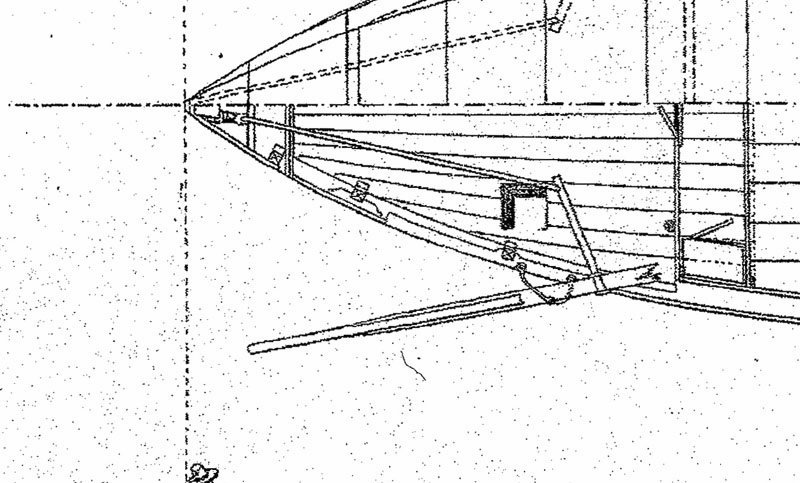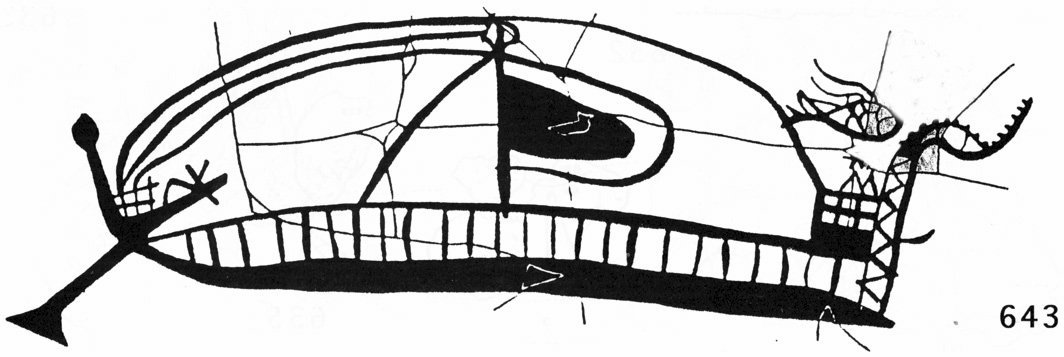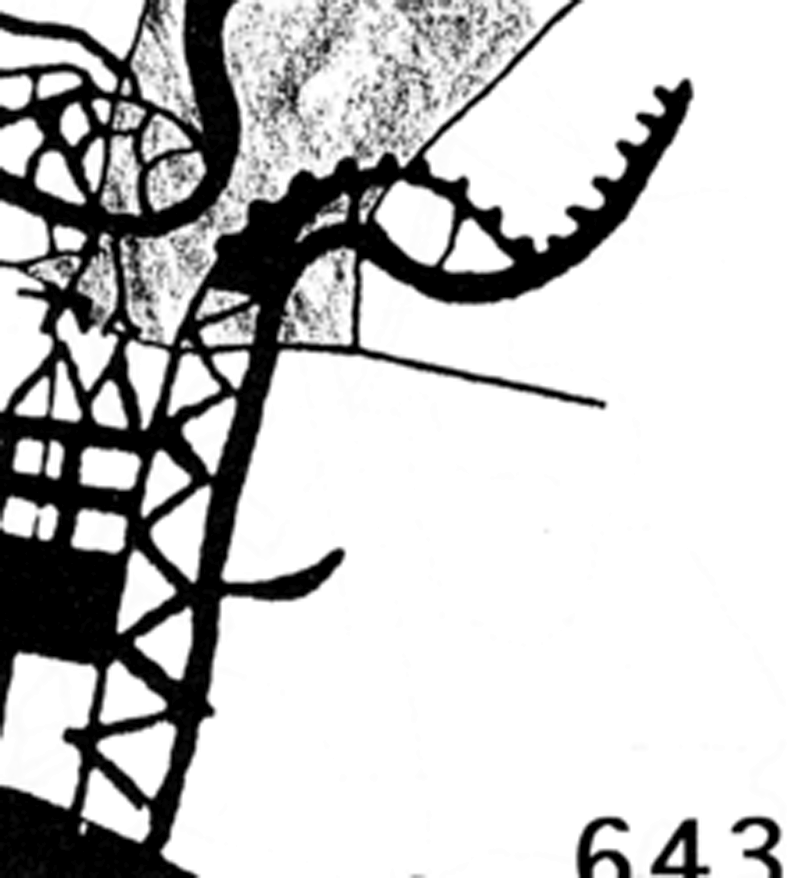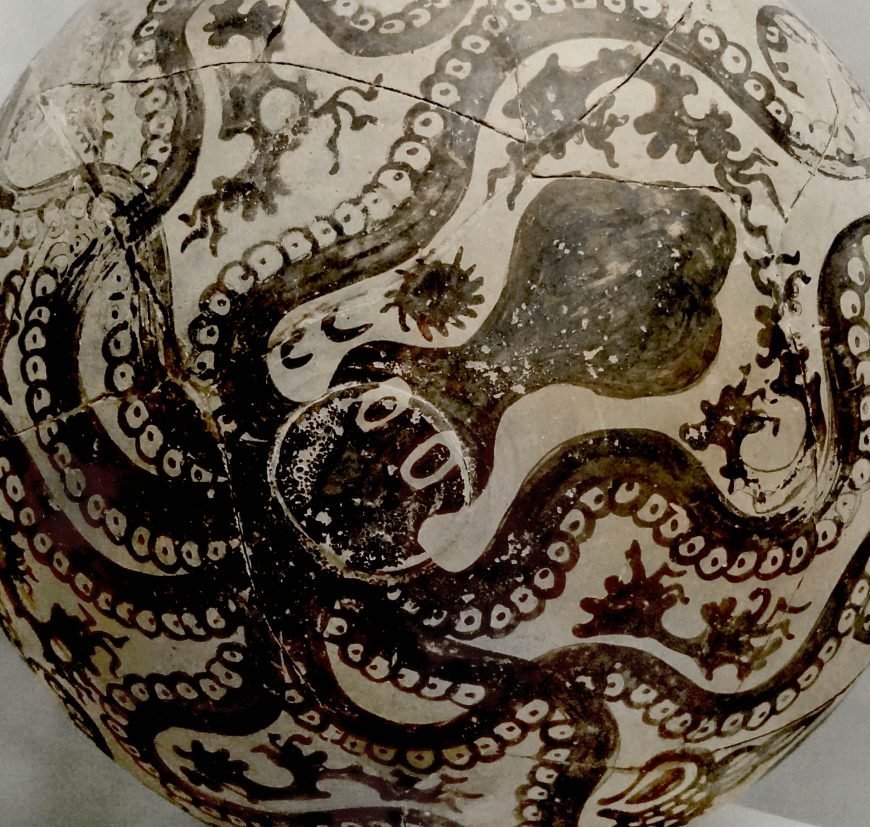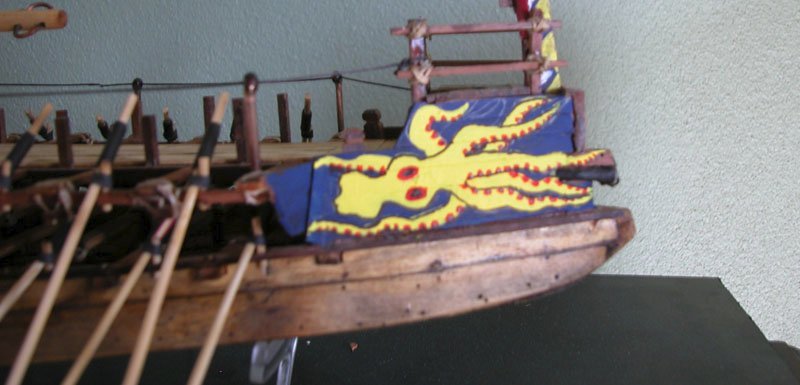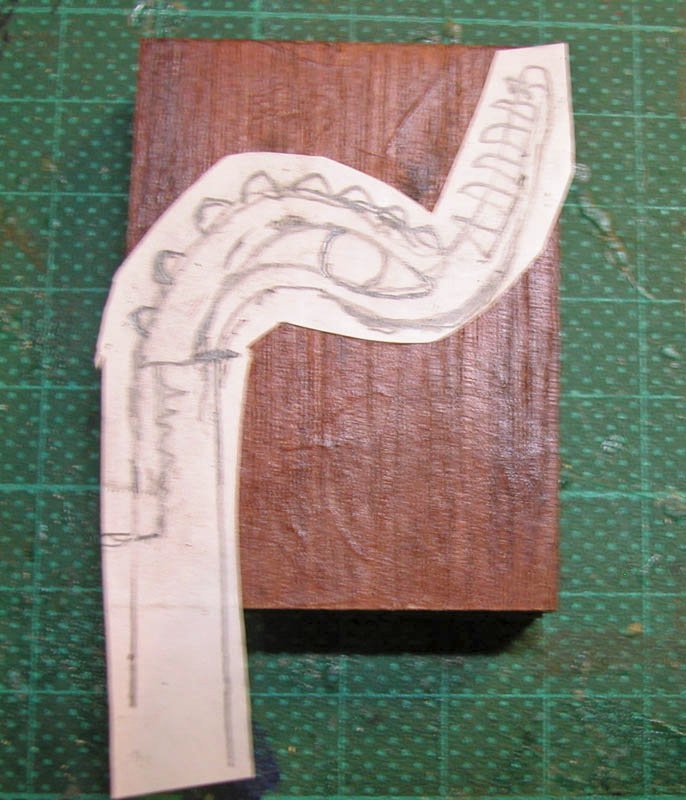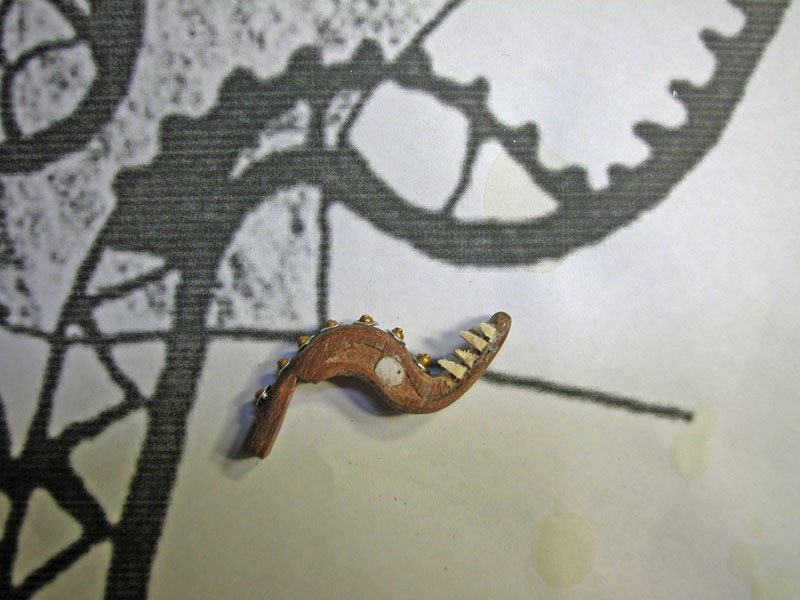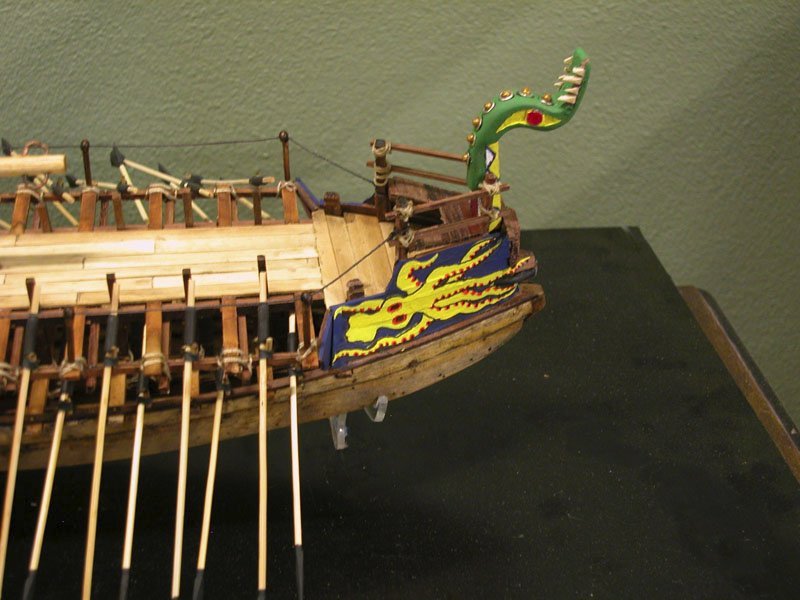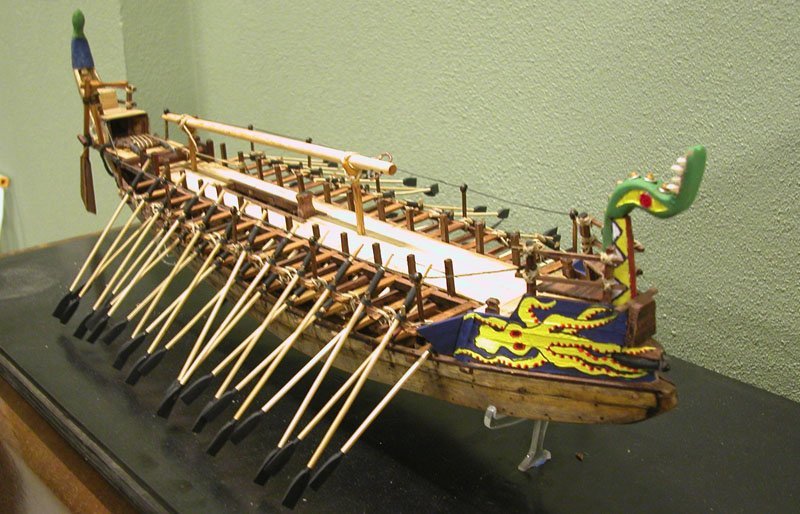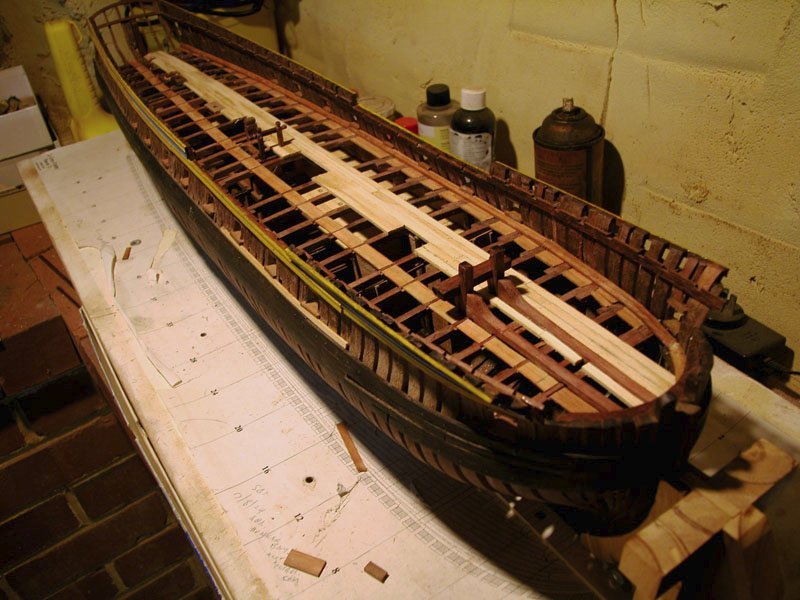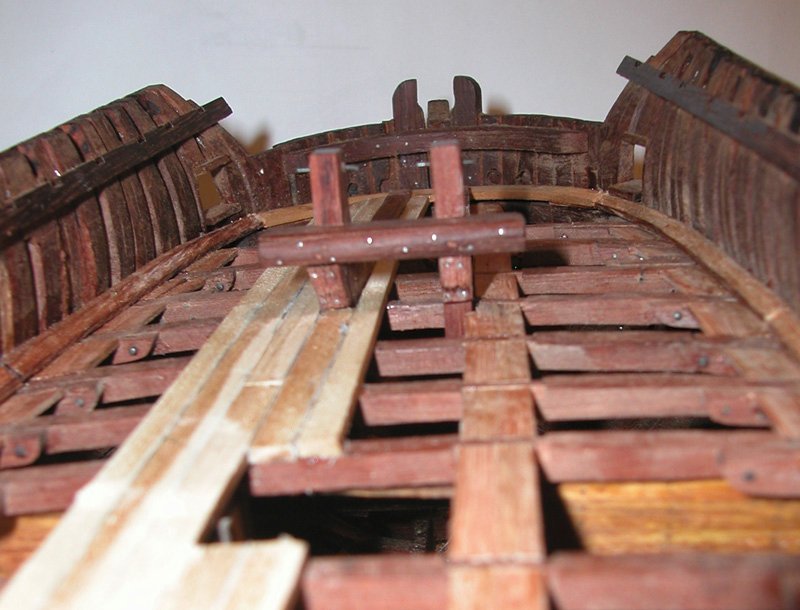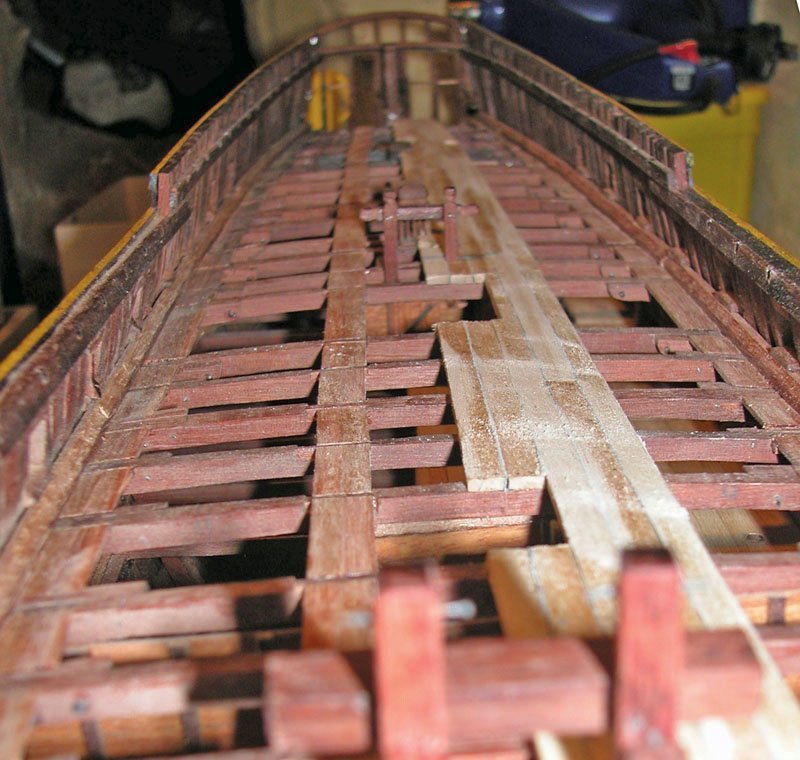-
Posts
777 -
Joined
-
Last visited
Profile Information
-
Gender
Male
-
Location
Perth, Western Australia
Recent Profile Visitors
-
Not at all Grant. I took it in a humorous vein and replied in a jocular fashion. I thought your comment was most apt. Cheers Dick 😁
- 130 replies
-
 CiscoH reacted to a post in a topic:
Le Gros Ventre 1767 by Woodrat - Scale 1: 48 - POF - French exploration vessel
CiscoH reacted to a post in a topic:
Le Gros Ventre 1767 by Woodrat - Scale 1: 48 - POF - French exploration vessel
-
 mtaylor reacted to a post in a topic:
Le Gros Ventre 1767 by Woodrat - Scale 1: 48 - POF - French exploration vessel
mtaylor reacted to a post in a topic:
Le Gros Ventre 1767 by Woodrat - Scale 1: 48 - POF - French exploration vessel
-
 mtaylor reacted to a post in a topic:
The San Marco mosaic ship c. 1150 by Louie da fly - 1:75
mtaylor reacted to a post in a topic:
The San Marco mosaic ship c. 1150 by Louie da fly - 1:75
-
 mtaylor reacted to a post in a topic:
The San Marco mosaic ship c. 1150 by Louie da fly - 1:75
mtaylor reacted to a post in a topic:
The San Marco mosaic ship c. 1150 by Louie da fly - 1:75
-
 mtaylor reacted to a post in a topic:
Mycenaean War Galley by Woodrat - 1:48 - Shell first Plank on Frame
mtaylor reacted to a post in a topic:
Mycenaean War Galley by Woodrat - 1:48 - Shell first Plank on Frame
-
 Mark Pearse reacted to a post in a topic:
Le Gros Ventre 1767 by Woodrat - Scale 1: 48 - POF - French exploration vessel
Mark Pearse reacted to a post in a topic:
Le Gros Ventre 1767 by Woodrat - Scale 1: 48 - POF - French exploration vessel
-
 BLACK VIKING reacted to a post in a topic:
The San Marco mosaic ship c. 1150 by Louie da fly - 1:75
BLACK VIKING reacted to a post in a topic:
The San Marco mosaic ship c. 1150 by Louie da fly - 1:75
-
 JacquesCousteau reacted to a post in a topic:
Le Gros Ventre 1767 by Woodrat - Scale 1: 48 - POF - French exploration vessel
JacquesCousteau reacted to a post in a topic:
Le Gros Ventre 1767 by Woodrat - Scale 1: 48 - POF - French exploration vessel
-
 druxey reacted to a post in a topic:
The San Marco mosaic ship c. 1150 by Louie da fly - 1:75
druxey reacted to a post in a topic:
The San Marco mosaic ship c. 1150 by Louie da fly - 1:75
-
 Glen McGuire reacted to a post in a topic:
The San Marco mosaic ship c. 1150 by Louie da fly - 1:75
Glen McGuire reacted to a post in a topic:
The San Marco mosaic ship c. 1150 by Louie da fly - 1:75
-
I am happy to remove the word "dead". The rest I leave to the moderator. This is an open forum and disagreement is allowed as long as it is polite so maybe dead wrong is a poor choice of words. Woodrat
- 392 replies
-
I am sorry Tartane but you are wrong on both counts. There is ample iconographic evidence from the Mediterranean middle ages for lateen sails since at least the seventh century CE and there were indeed observation baskets just as Steven has modelled them. The baskets were positioned aft of the masthead so as not to foul the yard when going about. Beg to differ. They certainly didnt have ratlines till much later. Cheers Dick the Woodrat
- 392 replies
-
 woodrat reacted to a post in a topic:
Trireme Olympias by Richard Braithwaite
woodrat reacted to a post in a topic:
Trireme Olympias by Richard Braithwaite
-
I am really not happy with the octopus. There is no iconographic evidence for its use on galleys or any other ship, so it is gone. I have gone instead for a more austere look. I am happy with the figurehead. Prof Wachsmann has published his thesis that these figureheads reprsent birds' heads and that may be so in most cases but in the case of the Tragana ship the backward curved protuberances on the "beak" resemble no bird I know but would be consistent with a crocodile. Dick
- 130 replies
-
 woodrat reacted to a post in a topic:
The San Marco mosaic ship c. 1150 by Louie da fly - 1:75
woodrat reacted to a post in a topic:
The San Marco mosaic ship c. 1150 by Louie da fly - 1:75
-
Ian. I dont know this block. Where did you come across it? I dont know of any archaeology to back its use in greek or roman craft? Happy to learn more. Dick
- 392 replies
-
I actually used rope rungs but either way would be OK. I did use wood rungs on my carrack. The lower ends of the ladder are attached to rings in the deck. Dick
- 392 replies
-
Just a couple of points about Jacob's ladders in latin ships. Make sure the ladder doesnt foul the yard or its tackle on going about. On my round ship I positioned the rope ladder (with rope rungs) side on to the mast. Anyone who has seen circus performers use a rope ladder knows that they clamber up the side of the ladder. This minimises "bellying out" of the ladder which would be worse if the ladder were climbed face on. Cheers Dick
- 392 replies
-
 woodrat reacted to a post in a topic:
The San Marco mosaic ship c. 1150 by Louie da fly - 1:75
woodrat reacted to a post in a topic:
The San Marco mosaic ship c. 1150 by Louie da fly - 1:75
-
 woodrat reacted to a post in a topic:
Cat Esther by GrandpaPhil - 1/64 - CARD
woodrat reacted to a post in a topic:
Cat Esther by GrandpaPhil - 1/64 - CARD
-
 woodrat reacted to a post in a topic:
Cat Esther by GrandpaPhil - 1/64 - CARD
woodrat reacted to a post in a topic:
Cat Esther by GrandpaPhil - 1/64 - CARD
-
 woodrat reacted to a post in a topic:
Cat Esther by GrandpaPhil - 1/64 - CARD
woodrat reacted to a post in a topic:
Cat Esther by GrandpaPhil - 1/64 - CARD
-
 woodrat reacted to a post in a topic:
HMS Revenge 1577 by GrandpaPhil - 1/64 - CARD - from Victory Models Plans
woodrat reacted to a post in a topic:
HMS Revenge 1577 by GrandpaPhil - 1/64 - CARD - from Victory Models Plans
-
 woodrat reacted to a post in a topic:
KOGGE van Tartane-schaal by tartane - FINISHED - 1:87 - reconstruction
woodrat reacted to a post in a topic:
KOGGE van Tartane-schaal by tartane - FINISHED - 1:87 - reconstruction
-
 woodrat reacted to a post in a topic:
KOGGE van Tartane-schaal by tartane - FINISHED - 1:87 - reconstruction
woodrat reacted to a post in a topic:
KOGGE van Tartane-schaal by tartane - FINISHED - 1:87 - reconstruction
-
 woodrat reacted to a post in a topic:
Roman Quadrireme Galley by Ian_Grant - 1/32 Scale - RADIO
woodrat reacted to a post in a topic:
Roman Quadrireme Galley by Ian_Grant - 1/32 Scale - RADIO
-
This is just another way to manage a tiller but this time from a distance. It is a rascona from the Po river in italy as depicted by Admiral Paris. Note how the tillerman is seated and effectively has a tiller parallel to the plane of the rudder. Maybe the people who used such tillers did not stand to use them? Cheers Dick
- 392 replies
-
Thanks, Steven and Thukydides. The occy is tentacles forward in attack mode so as to intimidate the villagers as the ship roars in. The croc adds to the menace. The mycenaeans were generally not all that nice. They were,after all, pirates. Dick
- 130 replies
-
I have never been happy with the figurehead which appeared cartoonish. So I have gone back the original potterry images and found this excellent image of the tragana ship The figurehead I couldnt recognise until I suddenly realised that it was in fact a stylised crocodile head with projecting teeth.. I also have done some nose art using an image of a minoan octopus which was much copied by the mycenaeans The octopus would be an appropriate animal for a ship of Poseidon So the latest figurhead is much more threatening. The crocodile would be familiar to mycenaeans who regularly traded with Egypt. Cheeers Dick
- 130 replies
-
Thanks, Mark.I believe the planking in a gun deck of a warship would be oak. As this was a merchantman, I would think elm or fir. The thickness of the central plankage was of the order of 90 - 100 mm and the outer planking 70 - 75 mm. Other members may be able to give much more detail on plankage. It is said that the old forests of europe never recovered from the stripping that occurred to make the war armadas of the 16th to 18th centuries. Cheers Dick
About us
Modelshipworld - Advancing Ship Modeling through Research
SSL Secured
Your security is important for us so this Website is SSL-Secured
NRG Mailing Address
Nautical Research Guild
237 South Lincoln Street
Westmont IL, 60559-1917
Model Ship World ® and the MSW logo are Registered Trademarks, and belong to the Nautical Research Guild (United States Patent and Trademark Office: No. 6,929,264 & No. 6,929,274, registered Dec. 20, 2022)
Helpful Links
About the NRG
If you enjoy building ship models that are historically accurate as well as beautiful, then The Nautical Research Guild (NRG) is just right for you.
The Guild is a non-profit educational organization whose mission is to “Advance Ship Modeling Through Research”. We provide support to our members in their efforts to raise the quality of their model ships.
The Nautical Research Guild has published our world-renowned quarterly magazine, The Nautical Research Journal, since 1955. The pages of the Journal are full of articles by accomplished ship modelers who show you how they create those exquisite details on their models, and by maritime historians who show you the correct details to build. The Journal is available in both print and digital editions. Go to the NRG web site (www.thenrg.org) to download a complimentary digital copy of the Journal. The NRG also publishes plan sets, books and compilations of back issues of the Journal and the former Ships in Scale and Model Ship Builder magazines.



